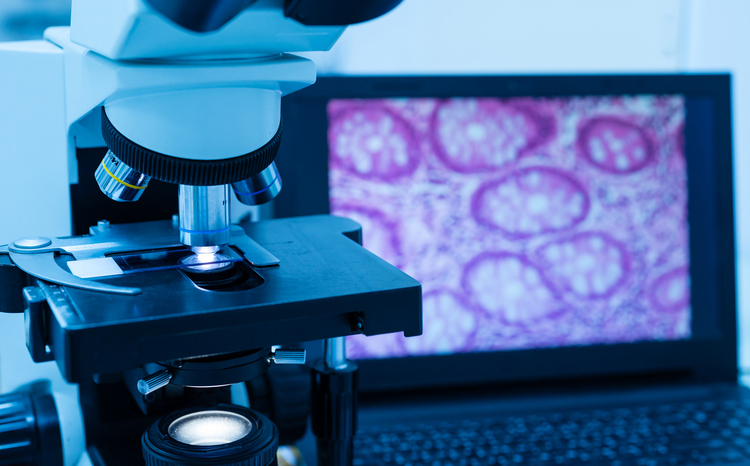Coventry pathology goes digital
- 16 April 2014

University Hospitals Coventry and Warwickshire NHS Trust has become one of the first in Europe to deploy an integrated digital pathology system.
The trust has implemented the Omnyx Integrated Digital pathology system from GE Healthcare, which lets clinicians create, manage, store and view tissue samples digitally.
Many experts have predicted that digital pathology could have the same kind of impact on pathology services that picture archiving and communications systems and their related technology have had on digital imaging.
However, to date only a handful of US and European hospital have adopted such systems. Omnyx was developed in 2010 as a joint venture with University of Pittsburgh Medical Centre and GE. University Hospitals Coventry and Warwickshire is the company’s first UK customer.
Andy Hardy, the trust’s chief executive, said: “Digital images may have become part of everyday life, but for pathology the technology was never at the level we needed.
“It is ready now and means that in the future our patients will have a better level of care, specific to their individual health needs.”
The Onmyx system digitises slide images and makes them available to pathologists, who can also share images in order to review them with colleagues, regardless of their location.
As such, digital pathology also supports the drive for larger, more networked pathology services that was recommended by Lord Carter of Coles in a 2010 report, to improve efficiency and quality.
Dr David Snead, a consultant pathologist and clinical director for cellular pathology at the trust, said: “Digital pathology primarily needs to enable pathologists to work more efficiently as part of larger teams.
“One of the most refreshing aspects of the Omnyx system is that it is designed to do that. It could feasibly link a number of pathology departments to work as one large team. This would help pathologists achieve great time efficiency. With efficiency, cost saving should soon follow.”
Practically, pathologists working in one part of the trust would formerly get a call about a case and have to return to the lab, physically find the slides, and view them under a microscope to form a conclusion.
The Omnyx system means a pathologist can simply log into to the nearest computer and view the tissue samples right away. The trust anticipates this means that pathologists will be able to view and decide on 10% more cases.
It undertook a three month pilot of the system last year and over the course of the next ten months, more than 3,000 cases will be viewed both digitally and on a microscope to ensure there are no discrepancies between the two.
Dr Snead added that the trust hopes that once enough slides have been digitised, computer algorithms can assist in tasks such as tumour grading.
The grading of tumours is currently done by pathologists using their eyes and a microscope, before asking for a second opinion from a colleague who is using the same technique. The trust also hopes that the system can help spot patterns and variances consistently.
Citing an example of how this would impact patient care, Dr Snead said: “It may be in the future we find the optimum cut off for radical surgery is a tumour grade 4.3 and above rather than 4, so that we are able to refine our advice and offer a more individualised level of care to patients.”
The trust also expects that the system will open the door to wider collaborations across pathology laboratories in the UK and beyond.





